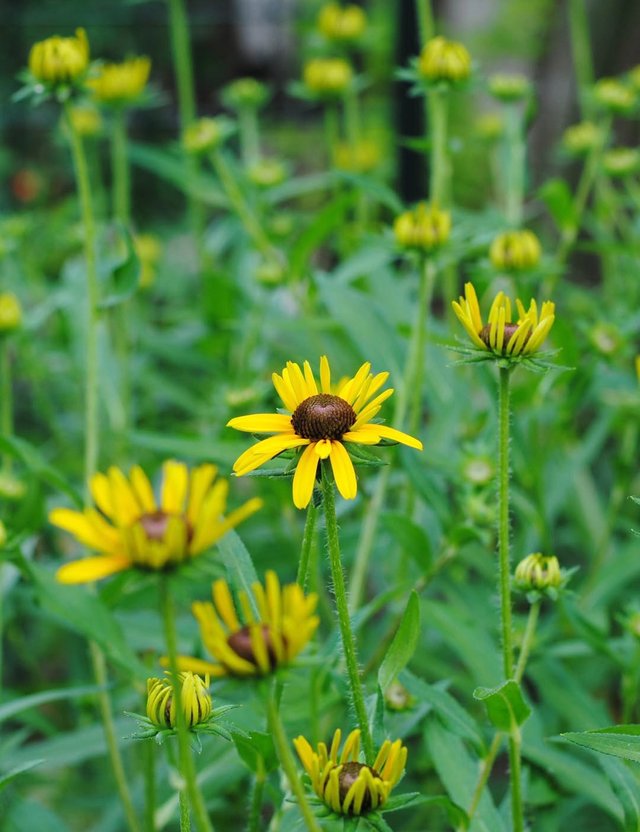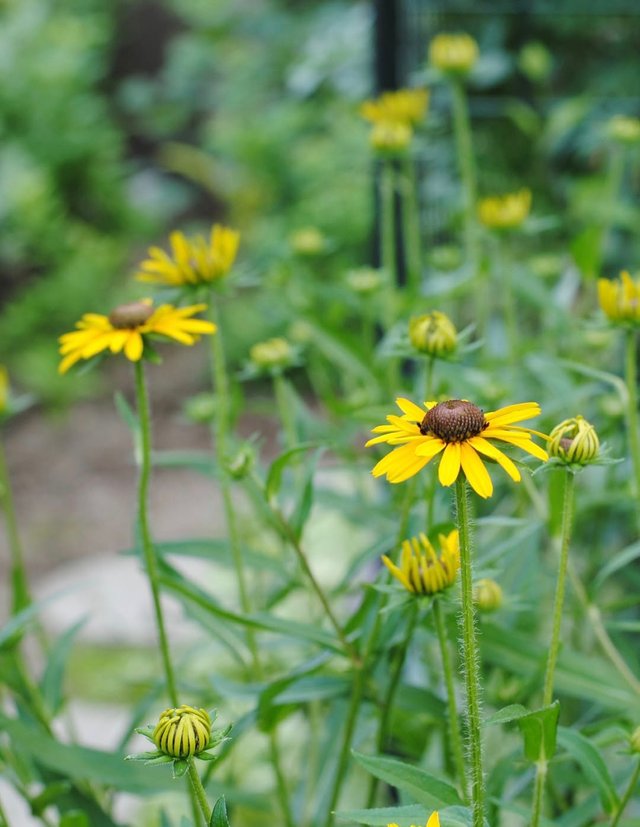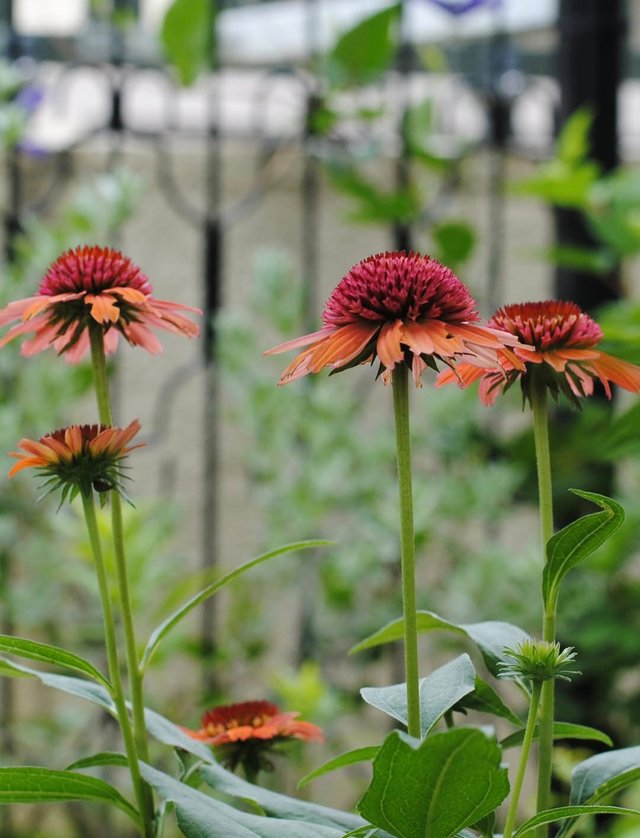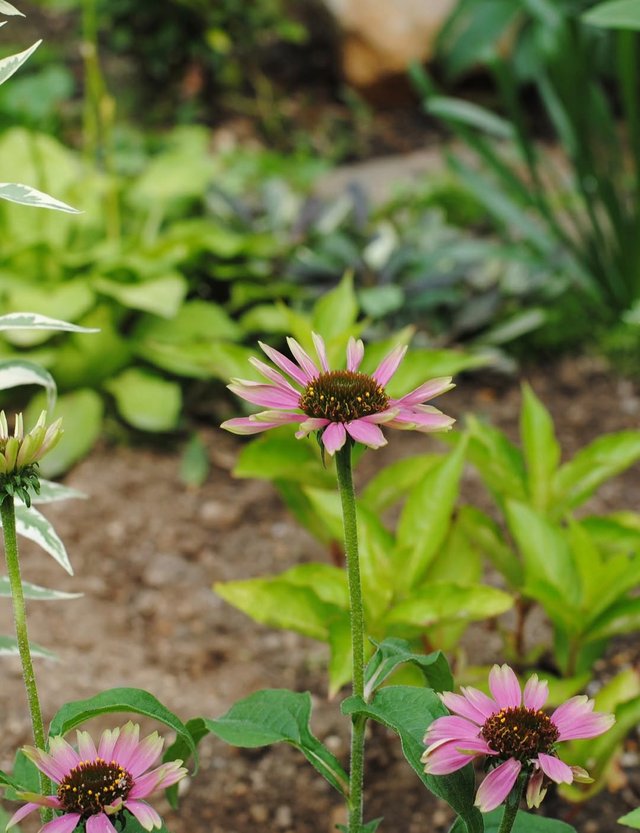Black-eyed Susan
Few flowers brighten the landscape quite like the Black-eyed Susan. With its striking yellow-gold petals and dark, dome-shaped center, it’s no wonder this cheerful wildflower has captured the hearts of gardeners, pollinators, and poets alike. Known scientifically as Rudbeckia hirta, the Black-eyed Susan is much more than a pretty face — it’s a symbol of resilience, a friend to pollinators, and a quintessential part of North American flora.
The Black-eyed Susan is native to North America, commonly found in meadows, prairies, roadsides, and open woodlands. It thrives across most of the United States and southern Canada, adapting well to disturbed areas and various soil types. This adaptability is part of what has made it one of the most recognized wildflowers across the continent.Originally a biennial or short-lived perennial, it’s also widely cultivated and often grown as an annual in gardens. It belongs to the Asteraceae family — the same as daisies and sunflowers — and shares many of their aesthetic qualities.
Black-eyed Susans typically bloom from late spring through early fall. They grow between 1 to 3 feet tall, sometimes reaching up to 4 feet in ideal conditions.
Golden yellow to orange-yellow petals.Native American tribes, such as the Ojibwa and Potawatomi, traditionally used Black-eyed Susan for medicinal purposes. Infusions from the roots were used to treat ailments like colds, worms, and earaches. However, modern use is rare, and the plant is not commonly used in herbal medicine today. Caution is advised, as parts of the plant may be toxic in large amounts.




